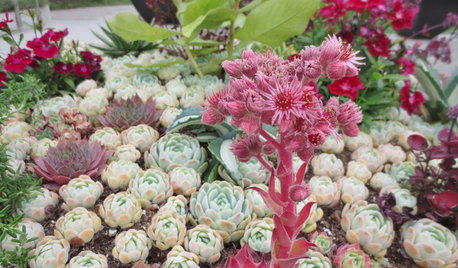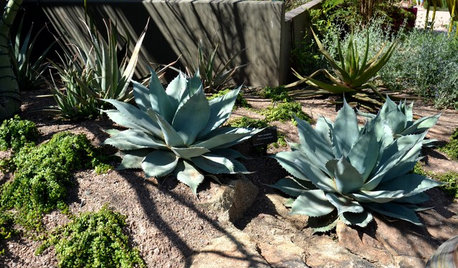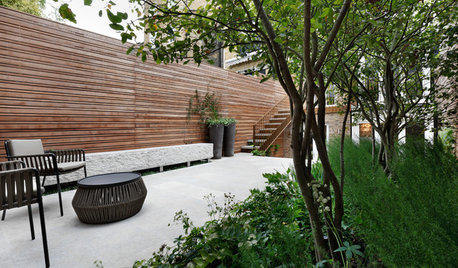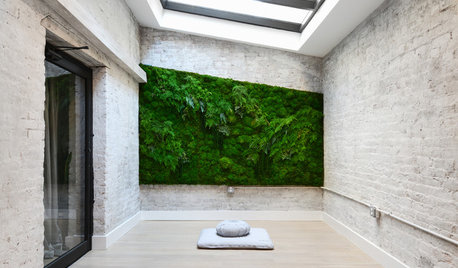Proper Spacing for Planting Horsetail Bulbs
josh90021
15 years ago
Related Stories

FALL GARDENINGWhy Fall Is the Best Time for Planting
Spring is overrated for planting. Starting plants in autumn has advantages for both garden and gardener
Full Story
HOUSEPLANTS10 Top Plants to Grow Indoors
Brighten a room and clean the air with a houseplant that cascades artfully, stretches toward the ceiling or looks great on a wall
Full Story
GARDENING GUIDES6 Plants That Beat Butterfly Bush for the Wildlife Draw
It's invasive, a nonnative and a poor insect magnet. Check out these better alternatives to butterfly bush in the garden
Full Story
HOUSEPLANTS8 Essentials for Healthy Indoor Plants
Houseplants add so much to our homes — and can thrive when grown in the right conditions. Keep these tips in mind
Full Story
GARDENING GUIDESAlpine Plants: High Performers at Low Altitudes Too
So Heidi and the goats aren't your neighbors. Alpine plants can be lovely and low maintenance on difficult sites beyond the mountains
Full Story
GARDENING GUIDESGreat Design Plant: Agave Ovatifolia
Whale’s tongue agave adds striking beauty to the drought-tolerant landscape with its uniquely shaped leaves
Full Story
URBAN GARDENSIn London, a Crowded Patch of Grass Becomes a Patio for Entertaining
A chic combo of wood siding, clever plantings and lots of elegant sandstone transforms a plain garden into a stylish space
Full Story
GREEN BUILDINGWorld of Design: The Joy of Moss and Its Modern Uses
This great design plant is 400 million years in the making. See how it’s inspiring art, soothing spaces and building design
Full Story
SELLING YOUR HOUSEHelp for Selling Your Home Faster — and Maybe for More
Prep your home properly before you put it on the market. Learn what tasks are worth the money and the best pros for the jobs
Full Story
GARDENING AND LANDSCAPINGDream Spaces: 12 Decks That Rise Above It All
Tucked into upper levels, these inspiring outdoor spaces provide more privacy and relaxation above the fray
Full Story

kudzu9
greenman28 NorCal 7b/8a
Related Professionals
Belvedere Park Landscape Contractors · Fishers Landscape Contractors · Flagstaff Landscape Contractors · Parker Landscape Contractors · Plymouth Landscape Contractors · Tacoma Landscape Contractors · Tuscaloosa Landscape Contractors · Needham Carpenters · Wrentham Carpenters · Cibolo General Contractors · Three Lakes General Contractors · Hammond General Contractors · Makakilo General Contractors · Montclair General Contractors · New Baltimore General Contractorskudzu9
orchidguyftl
Embothrium